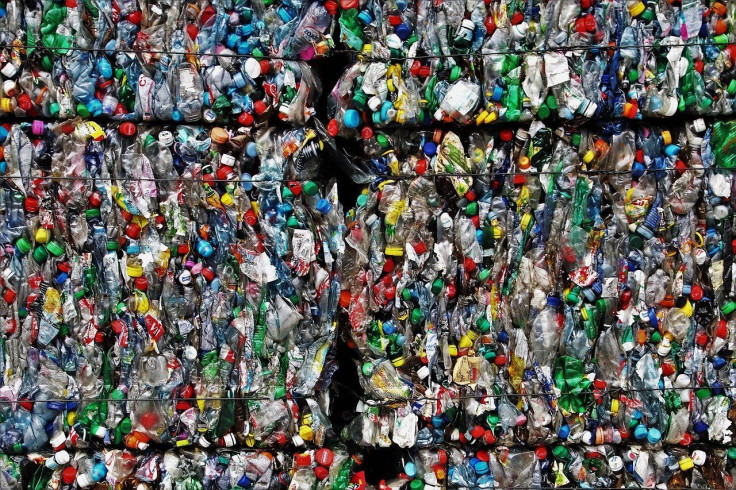Researchers Detect For The First Time Micro- And Nanoplastics In Human Tissues
KEY POINTS
- The world produces over 380 million tons of plastic every year
- Plastic objects and particles accumulation can lead to long-term ecological and ecotoxicological effects
- Researchers detect micro- and nanoplastics in human organs and tissues
Plastic pollution which is a global problem can afflict land, waterways, as well as, oceans. Since plastic is such a persistent material, its ecological and ecotoxicological effects of the accumulation of plastic objects and particles are all long-term. Living organisms can ingest tiny plastic particles that contaminate the environment. Researchers now report that micro- and nanoplastics are detectable in human organs and tissues.
The experts at the Arizona State University (ASU) presented this research at a meeting of the American Chemical Society held Monday. The "Fall 2020 Virtual Meeting & Expo" featured over 6,000 presentations on a wide range of science topics.
"You can find plastics contaminating the environment at virtually every location on the globe, and in a few short decades, we’ve gone from seeing plastic as a wonderful benefit to considering it a threat. There’s evidence that plastic is making its way into our bodies, but very few studies have looked for it there," said the lead researcher Charles Rolsky of Arizona State University who presented the work at the meeting.
"And at this point, we don’t know whether this plastic is just a nuisance or whether it represents a human health hazard," Rolsky added.
Rolsky and Varun Kelkar, graduate students in the lab of Rolf Halden, Ph.D., at ASU, collaborated with Diego Mastroeni to obtain samples from a large repository of brain and body tissues that was established to study neurodegenerative diseases like Alzheimer’s.
From donated human cadavers, the researchers collected 47 samples from lungs, liver, spleen and kidneys – four organs that are likely to be exposed to, filter, or collect micro- and nanoplastics.
They then developed a procedure to extract plastics from these samples and analyze them using μ-Raman spectrometry. They also built a computer program that converted information on plastic particle count into units of mass and surface area.
Plastic contamination was detected in every sample when paired with a previously developed mass spectrometry assay. The researchers found Bisphenol A (BPA) in all 47 human tissue samples which are used in many food containers despite health concerns.
To their knowledge, the researchers say, this is the first study to examine micro- and nanoplastic occurrence in human organs.
"The tissue donors provided detailed information on their lifestyle, diet and occupational exposures. Because these donors have such well-defined histories, our study provides the first clues on potential micro- and nanoplastic exposure sources and routes," Halden said.

© Copyright IBTimes 2024. All rights reserved.






















